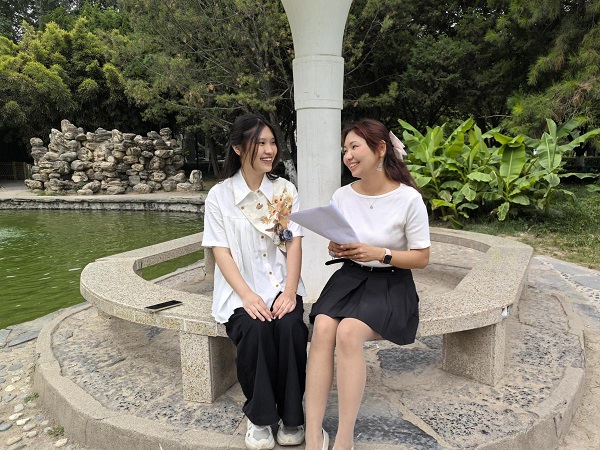XJTU latest breakthrough in solid-state refrigeration published in Science
A paper entitled High-performance multimode elastocaloric cooling system was published in Science, revealing the latest breakthrough of Xi'an Jiaotong University (XJTU) in solid-state refrigeration.
Thermoelastic cooling is a new solid-state refrigeration technology that utilizes reversible phase transition and latent heat of shape memory alloys under uniaxial stress. In comparison to traditional vapor compression refrigeration, thermoelastic cooling has significant advantages such as zero greenhouse gas emissions, high volumetric energy density, and easy recyclability.
XJTU collaborates with the University of Maryland and Beihang University to leverage the advantages of both single-stage cycle and active regenerative cycle technologies. Using a four-group tube-in-tube configuration with axially loaded thermoelastic working fluid bundles, they have developed a multi-mode thermoelastic refrigerator. By switching the flow paths of the heat transfer fluid network, the system seamlessly transitions between the single-stage cycle and the active regenerative cycle modes.

Multi-mode Thermoelastic Refrigerator and Its Cooling Performance.
A. Active regenerative mode of the multi-mode thermoelastic refrigerator.
B. Single-stage cycle mode of the multi-mode thermoelastic refrigerator.
C. Core components and physical representation of the multi-mode thermoelastic refrigerator.
D. Multi-mode operation expands the cooling performance range of the single mode.
E. Dynamic characteristics of establishing cooling temperature difference for both modes.
F. Multi-mode operation expands the range of optimal utilization factor.
G. Further optimization of cooling performance can be achieved by adjusting the interpolating component.
By operating in multiple modes, the refrigeration machine achieved a maximum cooling temperature difference of 22.5K and a maximum cooling capacity of 260 W. This represents a significant improvement compared to solely running the single-stage cycle with an 8K cooling temperature difference or solely running the active regenerative cycle with less than 30 W cooling capacity. This research holds promising prospects for advancing the commercialization of thermoelastic cooling and caloric cooling technologies.
XJTU is the first unit of the paper, and Associate Professor Qian Suxin from the School of Energy and Power Engineering at XJTU is its first author. Professor Ichiro Takeuchi from the University of Maryland is the corresponding author of the paper.

